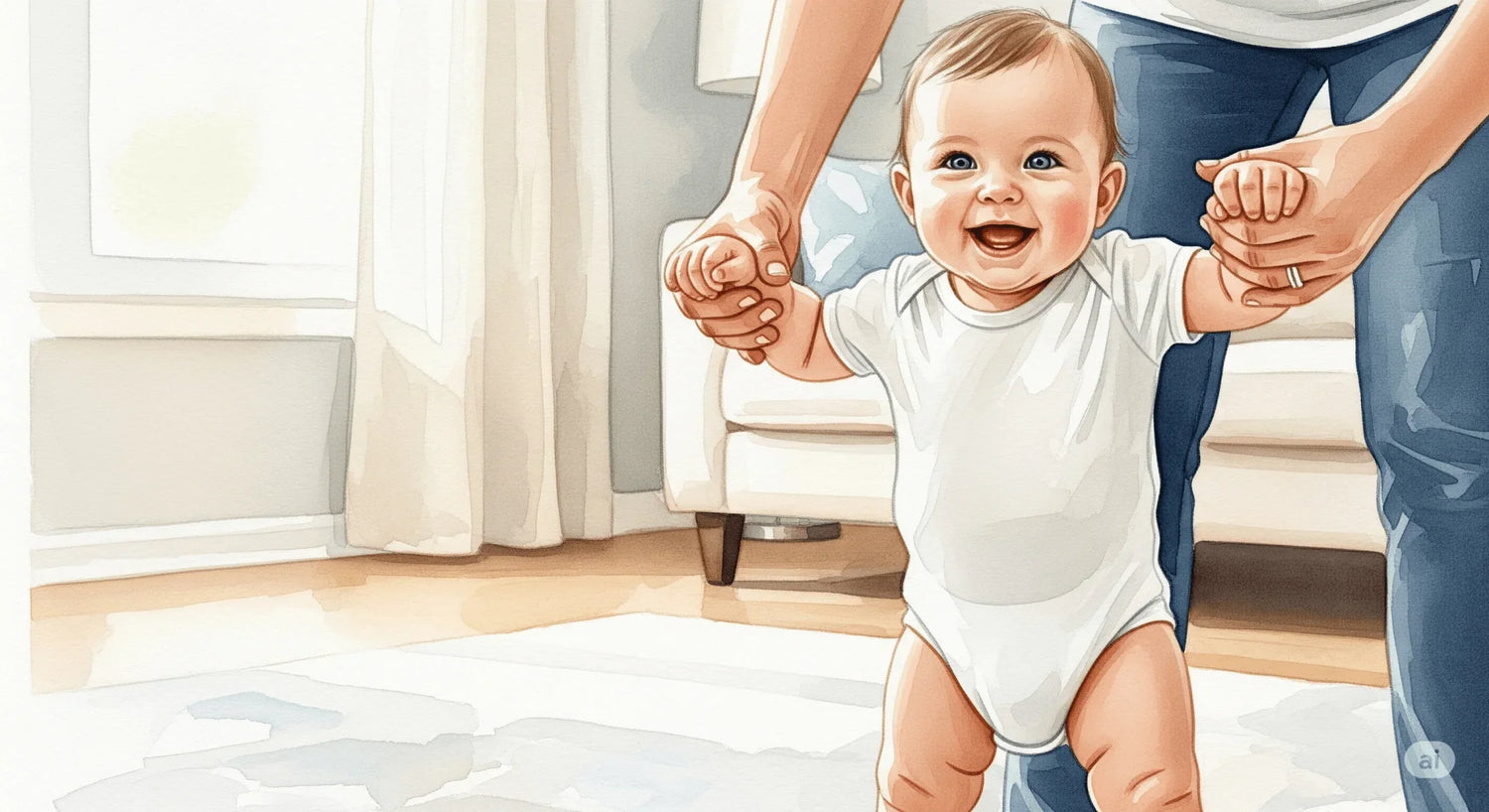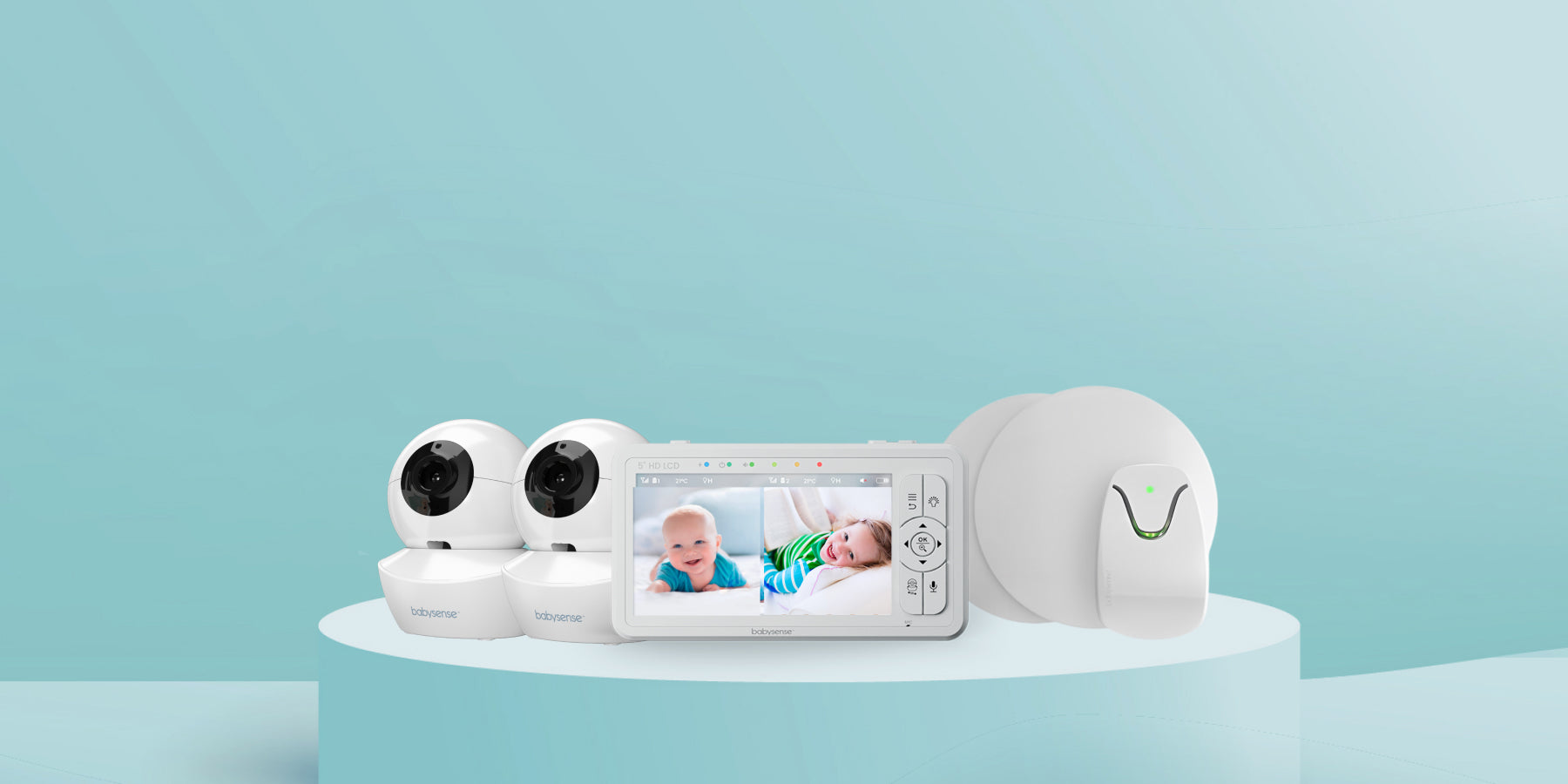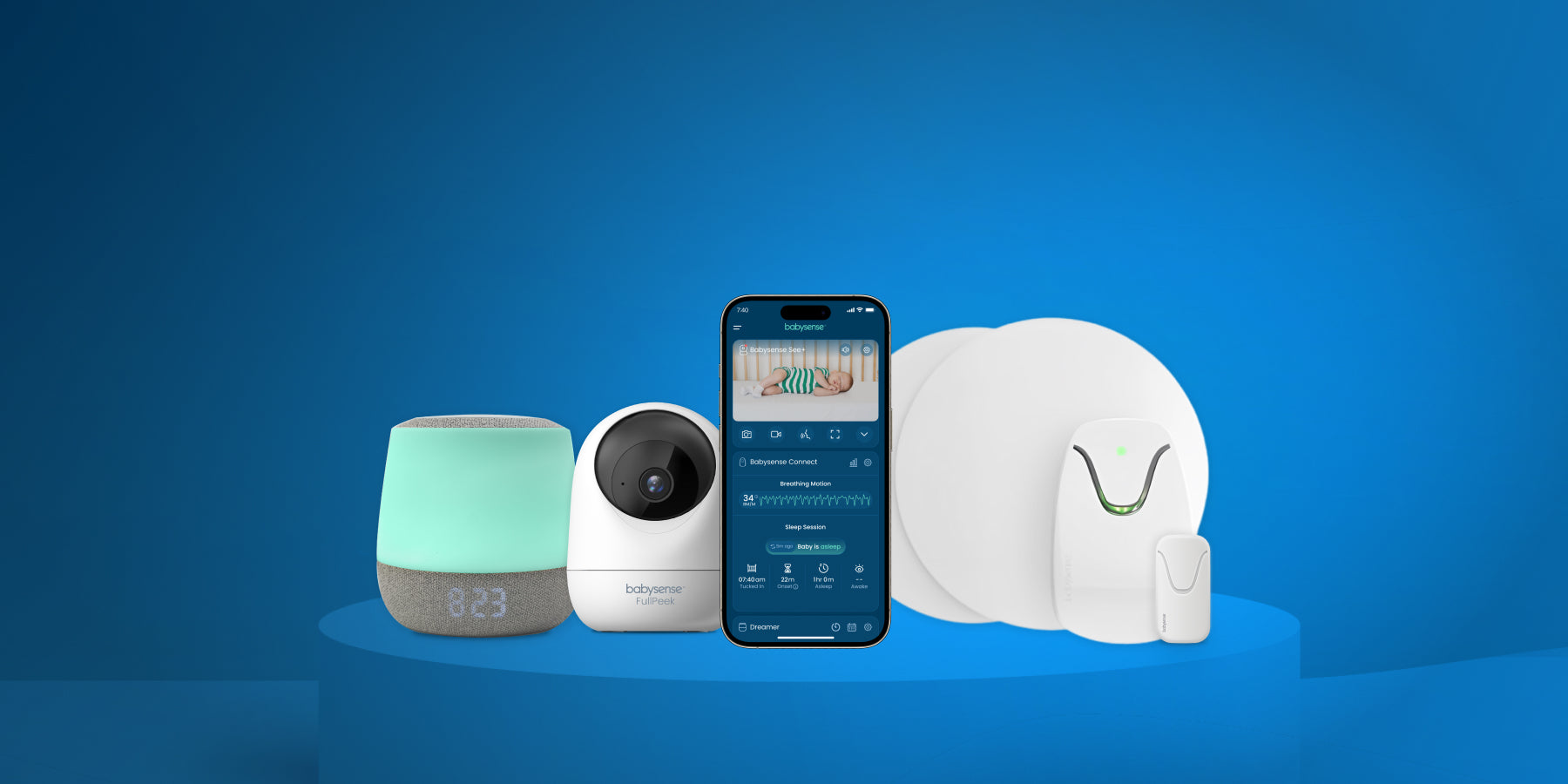The first year of a baby's life is a whirlwind of wonder, a rapid progression of "firsts" that you'll cherish forever. From that initial coo to those wobbly first steps, each milestone is a testament to incredible growth and development. Understanding and celebrating these important baby firsts makes the journey even more exciting.
This guide will walk you through the key developmental stages to look out for in your baby's inaugural year. We'll explore physical, cognitive, language, and social-emotional leaps, offering tips on how to support your little one every step of the way.
Why Tracking Milestones Matters
While sharing those adorable "first smile" photos is a joy, understanding developmental milestones serves a far more crucial purpose. It helps parents and caregivers:
- Appreciate their baby's unique journey: Every child develops at their own pace. Knowing the typical ranges helps you celebrate individual progress without comparison anxiety.
- Identify potential areas for support: While variations are normal, significant delays in multiple areas might warrant a conversation with your pediatrician for early intervention.
- Foster a stimulating environment: Understanding what your baby is capable of helps you provide appropriate toys, activities, and interactions to encourage further development.
Your Baby's First Year: A Month-by-Month Look at Key Milestones
Let's dive into the incredible journey of your baby's first year:
Months 0-3: The Awakening
The first three months are all about adjustment, bonding, and foundational development.
Key Milestones to Observe:
- Physical: Beginning to lift their head briefly during tummy time (around 1-2 months) and eventually holding it steady (by 3 months). Jerky arm and leg movements gradually become more controlled. Bringing hands to mouth.
- Cognitive & Sensory: Making eye contact and beginning to recognize familiar faces. Following moving objects with their eyes (initially 8-12 inches away). Reacting to loud sounds and recognizing familiar voices.
- Language & Communication: Different cries for different needs. Starting to make soft cooing sounds. A social smile in response to your smile or voice (around 2 months).
- Social-Emotional: Showing preferences for familiar caregivers. Calming when picked up and held.
How to Support:
Give them lots of skin-to-skin contact. Engage in gentle tummy time daily. Talk, sing, and read to your baby often. Offer high-contrast toys and visuals. Respond promptly to their cries to build trust.
Months 4-6: Exploring the World
Your baby becomes more interactive and curious as they gain greater control over their body.
Key Milestones to Observe:
- Physical: A major milestone is rolling over from tummy to back and eventually back to tummy (around 4-6 months). Reaching for and grasping objects with one hand. Transferring objects between hands. Starting to sit with support, then unassisted for short periods (by 6 months).
- Cognitive & Sensory: Recognizing familiar objects and people from a distance. Beginning to understand simple cause and effect (e.g., shaking a rattle makes noise). Developing full color vision.
- Language & Communication: Producing chains of consonant sounds (e.g., "ba-ba-ba," "ma-ma-ma"). Using voice to express joy and displeasure. Turning their head or reacting when their name is called.
- Social-Emotional: Enjoying playful interactions and may cry when play stops. Showing interest in mirror images. Beginning to distinguish emotions by tone of voice.
How to Support:
Provide safe, colorful objects for them to reach and grasp. Engage in peek-a-boo and other interactive games. Continue babbling back to them, imitating their sounds. Encourage rolling by placing toys slightly out of reach. Read picture books, pointing to and naming objects.
Months 7-9: On the Move!
Mobility increases dramatically, opening up a whole new world of exploration.
Key Milestones to Observe:
- Physical: May begin crawling, scooting, or "army crawling" (some babies skip crawling entirely). Sitting well without support for extended periods. Pulling to stand while holding onto furniture. Using pincer grasp (thumb and forefinger) to pick up small objects.
- Cognitive & Sensory: Understanding that objects still exist even when they can't see them (object permanence), which can lead to separation anxiety. Struggling to get objects that are out of reach. Exploring objects in many ways (shaking, banging, throwing, dropping).
- Language & Communication: Reacting to the word "no" and simple verbal requests. Using simple gestures like waving "bye-bye" or shaking head "no." Responding to familiar words.
- Social-Emotional: May show fear or clinginess around unfamiliar people (stranger anxiety). Enjoying interactive games like patty-cake. Trying to imitate actions and sounds.
How to Support:
Baby-proof your home thoroughly! Encourage crawling by setting up safe "obstacle courses" with pillows. Offer small, safe finger foods to practice their pincer grasp. Continue to talk and read, naming objects and actions. Acknowledge and comfort them through stranger anxiety.
Months 10-12: The First Steps & Words
The grand finale of the first year often brings monumental achievements in mobility and language.
Key Milestones to Observe:
- Physical: Walking while holding onto furniture (cruising). Standing independently for short periods. Taking a few independent steps (some babies walk earlier, some later, up to 15 months is common). Beginning to drink from a sippy cup.
- Cognitive & Sensory: Following basic one-step instructions. Easily finding hidden objects. Beginning to use objects correctly (e.g., brushing hair with a brush, drinking from a cup).
- Language & Communication: Saying "mama" and "dada" specifically for parents, and often one or two other simple words like "uh-oh!" Trying to imitate words they hear. Using fingers to point at things they want.
- Social-Emotional: Preferring certain toys or people. Showing growing independence, such as trying to "help" dress themselves. Showing affection to familiar people.
How to Support:
Provide sturdy furniture or push toys for cruising and early walking. Continue to read, pointing to pictures and naming them. Encourage their attempts at communication, even if words aren't clear yet. Offer opportunities for independent exploration in a safe environment. Celebrate every small victory with enthusiasm!
When to Consult Your Pediatrician
While every baby is unique, it's always wise to discuss any concerns with your pediatrician. Contact your doctor if your baby consistently:
- Doesn't react to loud sounds.
- Doesn't make eye contact.
- Doesn't smile by 3 months.
- Has difficulty holding their head steady by 3-4 months.
- Isn't rolling over by 6 months.
- Isn't babbling or responding to their name by 9 months.
- Isn't showing interest in interactive games by 9 months.
- Isn't crawling or attempting to move around by 12 months.
- Doesn't say any clear words by 12 months.
Remember, this is a general guide, and your pediatrician is your best resource for personalized advice regarding your baby's development. Embrace every moment of this incredible first year – it flies by faster than you think!





